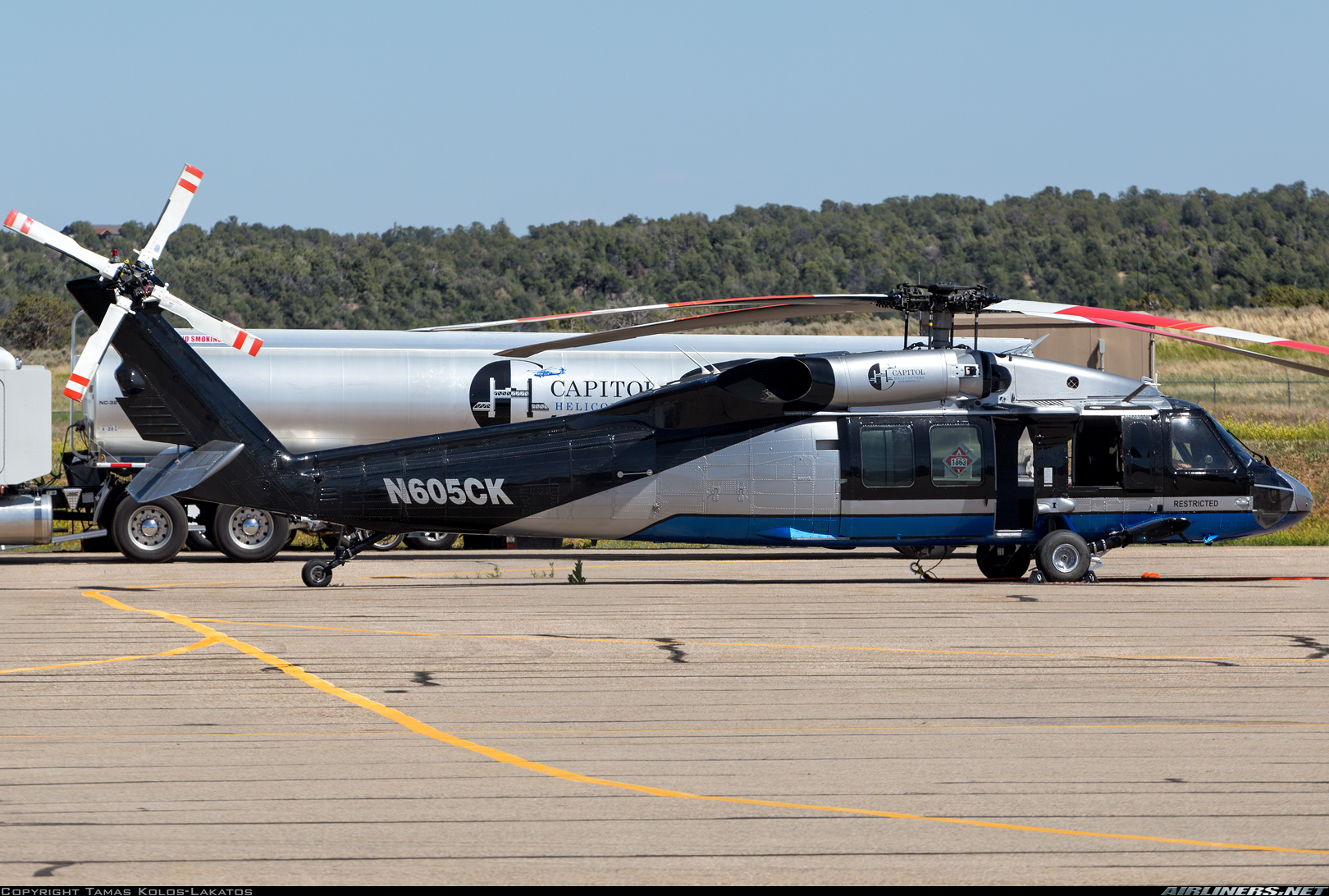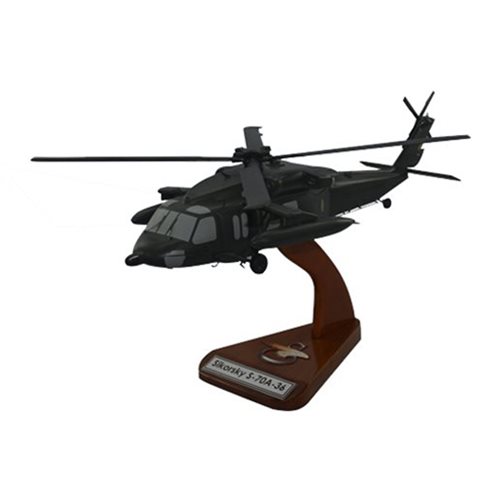Sikorsky S 70: Enhancing Helicopter Performance and Flexibility
Sikorsky S 70: Enhancing Helicopter Performance and Flexibility
Blog Article
High-Performance Multi-Role Rotorcraft Featuring Advanced Cabin Technologies and Integrated Sensing Unit Equipments
The world of rotorcraft technology has seen noteworthy innovations in current times, particularly in the world of high-performance multi-role rotorcraft furnished with cutting-edge cabin technologies and effortlessly integrated sensor systems. In the following conversation, we will certainly check out the evolution of rotorcraft modern technology, dig into the world of innovative cabin innovations, and take a look at the effects of incorporated sensor systems on the operational flexibility and performance of contemporary rotorcraft.
Advancement of Rotorcraft Modern Technology
The evolution of rotorcraft innovation has actually been noted by considerable innovations in the rules of aerodynamics, products, and propulsion systems, shaping the abilities and performance of contemporary rotorcraft. Furthermore, innovations in propulsion systems, including a lot more powerful engines and ingenious propulsion innovations, have actually made it possible for rotorcraft to attain higher elevations, faster rates, and better hauls.
These advancements have not just changed the capabilities of rotorcraft yet have likewise increased their applications throughout numerous markets, consisting of armed forces, business, and emergency situation services. The continual advancement of rotorcraft innovation proceeds to drive advancement in the area, pushing the borders of what is feasible and forming the future of upright flight.
Advanced Cabin Innovations
Structure upon the fundamental improvements in aerodynamics, materials, and propulsion systems, the world of rotorcraft innovation now shifts emphasis in the direction of introducing Advanced Cockpit Innovations. The combination of cutting-edge modern technologies within the cockpit environment plays a crucial duty in improving the functional capabilities, security, and performance of contemporary rotorcraft. sikorsky s 70. Advanced Cockpit Innovations include a broad variety of functions created to supply pilots with improved situational recognition, streamlined data management, and intuitive control user interfaces
Among the essential innovations in cabin layout is the application of glass cabins, which change traditional analog determines with high-resolution display screens. These electronic systems use customizable formats, real-time data integration, and boosted readability, allowing pilots to accessibility vital details at a glimpse. Moreover, progressed avionics systems, such as fly-by-wire controls and augmented reality screens, are transforming just how pilots interact with the airplane, enabling specific control and boosted decision-making capabilities.


Including innovative cabin advancements not just enhances pilot efficiency yet likewise adds to total mission performance and security in complicated functional settings. By leveraging state-of-the-art modern technologies within the cabin, rotorcraft makers are setting brand-new criteria for operational quality and objective success.
Integrated Sensor Equipments
With the development of rotorcraft innovation, the combination of advanced Integrated Sensing unit Equipment has come to be vital in enhancing operational effectiveness and safety and security. These Integrated Sensing unit Equipments include a broad range of technologies that provide critical information for different functions such as navigating, monitoring, targeting, and environmental monitoring. By flawlessly integrating sensing units like radars, cameras, lidar, and infrared systems into rotorcraft, operators can take advantage of boosted situational recognition, improved mission abilities, and reduced pilot workload.
One key advantage of Integrated Sensor Systems is their capability to collect real-time information and offer workable insights to pilots and mission drivers. Progressed radar systems can spot and track targets over long ranges, allowing for early risk discovery and efficient reaction planning. In addition, incorporating electro-optical and infrared video cameras enables rotorcraft to conduct reconnaissance and monitoring goals with precision and accuracy.
Basically, the integration of innovative sensor innovations right into rotorcraft not just enhances operational effectiveness however additionally contributes dramatically to overall mission success and crew safety. As rotorcraft continue to progress, the function of Integrated Sensor Systems will unquestionably remain at the center of development in the aerospace sector.
Operational Adaptability and Performance
Enhancing functional adaptability and efficiency in rotorcraft is a natural progression from the integration of advanced Integrated Sensing unit Solutions. By leveraging the information and insights supplied by these sophisticated sensing unit systems, rotorcraft can maximize their performance across numerous missions and environments.
Functional versatility includes the capability of rotorcraft to adjust to different duties and situations efficiently. With sophisticated cabin technologies and incorporated sensor systems, rotorcraft can flawlessly shift between tasks such as search and rescue, medical emptying, monitoring, and a lot more. This flexibility enhances the rotorcraft's capacity to satisfy varied operational requirements without calling for considerable reconfiguration.
Performance in rotorcraft procedures is critical for taking full advantage of objective effectiveness and source application. Integrated sensing unit systems play a pivotal function in enhancing functional performance by offering real-time data on climate problems, surface mapping, target tracking, and a lot more. This information allows pilots to make enlightened choices promptly, maximize trip courses, conserve gas, and boost total mission productivity.
Effect On Modern Aviation Procedures

Furthermore, the integration of advanced sensors assists in enhanced mission preparation and execution, enabling rotorcraft to do a vast array of jobs with improved precision. From search and rescue operations to aerial firefighting and police missions, the capacities of modern rotorcraft geared up with innovative cabin modern technologies and integrated sensor systems are exceptional.
Furthermore, the influence of these developments extends past operational performance to cost-effectiveness and sustainability. By maximizing flight routes, fuel usage, and maintenance timetables, high-performance rotorcraft geared up with sophisticated cockpit innovations and sensors add to reducing functional expenses and environmental influence, making them vital properties in you could check here modern-day aviation procedures.
Conclusion
To conclude, the high-performance multi-role rotorcraft with sophisticated cabin innovations and integrated sensing this unit systems stands for a considerable evolution in air travel technology. These innovations improve functional flexibility and effectiveness, inevitably impacting contemporary aviation procedures in a positive means. The combination of these innovative modern technologies permits enhanced capacities and performance in numerous goal situations, showcasing the proceeded improvement of rotorcraft modern technology in the aeronautics sector.
The realm of rotorcraft modern technology has seen notable improvements in current times, particularly in the world of high-performance multi-role rotorcraft furnished with advanced cockpit innovations and perfectly incorporated sensor systems. From improved mission flexibility to improved operational performance, the convergence of advanced cockpit modern technologies and integrated sensor systems has ushered in a brand-new era of possibilities for rotorcraft applications. In the complying with conversation, we will certainly check out the evolution of rotorcraft technology, dig into the world of sophisticated cabin technologies, and take a look at the implications of incorporated sensor systems on the functional convenience and efficiency of contemporary rotorcraft.

Report this page